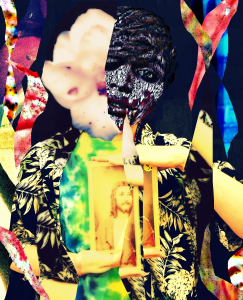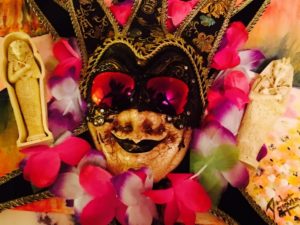
“Queer theorists assert that what we often see as a fairly uniform past is in fact filled with glitches, differences, and irregularities smoothed over by our own interpretive impulse to make things ‘normal.’ […] Being queer is not a matter of being gay, then, but rather of being committed to challenging that which is perceived as normal.”
-Kathy Rudy, excerpt from “Queer Theory and Feminism” (2000)
In Rudy’s quote, we see the way queer theory and being gay or lesbian (queering normal sexuality) intersect with ideas of strangeness, with what it means to “make strange” from the familiar. As humans, we possess a tendency, an “interpretive impulse,” to simplify the otherwise complex. In this regard, we overlook the areas in which life is strange such as particularly in the cases of gender and sexuality.
When bodies are gendered in particular ways, they are typically configured based on the given cultural discourse about gender. In this way, a biologically born male is typically assumed to conform to masculine standards and develop a heterosexual interest in women while a biologically born female is typically assumed to conform to feminine standards and develop a heterosexual interest in men. These idealized images defining “what is man” and “what is woman” really do not tell a complete narrative at all. Rather, these exclusive images create a uniformity that is unnatural in itself. If anything, as Rudy writes, we must understand that what we perceive as a “normal” reality is in fact layered with inconsistencies, uneven places, wrinkles that we thought were entirely smooth.
What we see as “normal” is perhaps really just masked in what we perceive as “normalcy,” masquerading until we dig beneath the surface to the strangest depths of the familiar.
